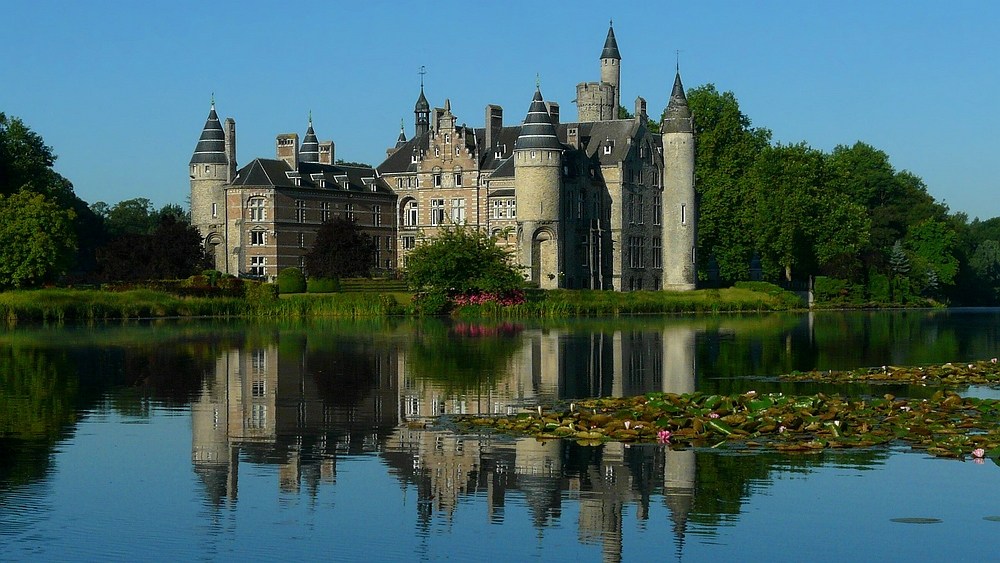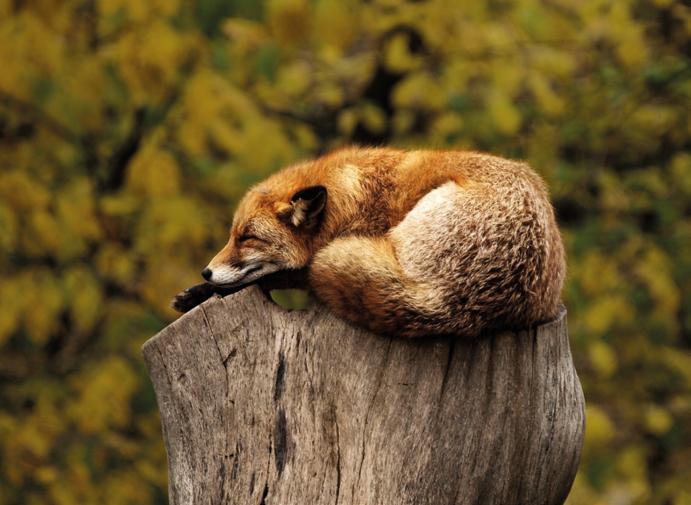“The most beautiful sound in the world is silence,” wrote the turn-of-the-century English novelist Robert Hichens.
Unfortunately, finding peace and quiet is increasingly difficult in a world bombarded by the bleep of ringtones, the thump of music, the roar of airplanes, the rumble of cars, the rev of motorbikes and the buzz of leaf-blowers, lawnmowers and hedge-cutters.
In a dense and traffic-clogged country like Belgium, seeking silence often feels as futile as searching for water in the Atacama desert. Yet it does exist – in the Ardennes, obviously, but even in heavily urbanised Flanders, where towns sprawl, roads rip through the countryside and wide-open spaces are few and far between.
There are ten areas in the north of the country - you can find the full list at omgeving.vlaanderen.be/stiltegebieden - that have officially been awarded ‘quiet area’ quality labels. These are zones that have background noise levels of around 35-40 decibels, which is quieter than the average library and much less noisy than a fridge. Of course, there can still be natural sounds like birds chirping, leaves rustling and water gurgling. But ‘foreign’ noises like cars, planes and tractors should be virtually non-existent.
Pée Gilke, a policy advisor at the Flemish Ministry of Environment, admits that silent areas are “not so easy to find in very built-up Flanders, with a lot of noise from people, cars and machines.” However, she adds that the purpose of the quality label is to “show we have relatively quiet places.”
One designated quiet area is near Bornem, north-west of Mechelen on the banks of the Schelde river. So last month, I jumped in the car – yes, I’m aware of the irony – to go in search of silence in Belgium.
The 50-minute drive from Brussels is not promising. Once off the ring-road I’m immediately onto a three-lane highway zooming past warehouses, parking lots, car showrooms, factories, giant pharmaceutical plants, parked lorries and ugly new-built houses. There is not a kilometre of uninterrupted nature and the idea of finding calm seems decidedly far-fetched.
I arrive in the pretty provincial town of Bornem and park outside the tourist office, which is shut from October to April. Without the chance to buy a local map, I take a photo of the area’s hiking trails on a panel and rather randomly head out on a wide tree-lined avenue running from town to the turreted Bornem castle.

Credit: Schelde Durme
Within minutes the throb of engines has faded and I’m in a landscape of corn fields, lush green cow pastures, horse paddocks, willow plantations and oak and beech forests. Each parcel of land is separated by polder streams lined by rushes and reeds.
The path is well marked once you get the hang of joining the numerical markers like a giant paint-by-numbers puzzle. And the gravel roads are good enough for prams and wheelchairs most of way.
Because each path is tree-lined, almost all you hear is the rustle of leaves, rushes and corn. Apart from the occasional distant drone of a motorbike or a small plane circling overhead, there is almost absolute silence. I lean against a tree trunk, mind calm, senses alive. No wonder the Japanese call this forest-bathing, a popular pastime in this anxious age.
After a few kilometres you arrive at Oude Schelde, a sinuous lake lined with bungalows, fishing clubs and vegetable allotments. Then after another stretch of forest, you hit a protective dyke with a flat, tarmacked route frequented by lycra-clad cyclists and iron-calved hikers.
This is where you get your first glimpse of the Schelde, the 350-kilometre river that flows from northern France through Antwerp before emptying out into the North Sea. At this point it is at least 500 metres wide and the colour of milk chocolate. The flood land on either side is populated by saplings, bull-reeds and marsh flowers and sheep graze the dyke’s banks
After walking about seven kilometres in a westward loop from Bornem you arrive at Weert, which is a perfect place to stop for a drink or bite to eat. In addition to a towering church, this tiny hamlet has a handful of bars and restaurants, including one specialising in fresh eels in green sauce.
I plump for De Zilverreiger, which also doubles up as a bike rental shop, weaving museum and brewery. I take a seat in the tile-floor and brick-walled bar with a couple of solitary old-timers and drink a couple of their infeasibly strong home brews with my pickled herring. It feels good and makes me realise that travelling is not about how far you go. It’s about how far you go from your daily routine. It’s about being somewhere different. And appreciating it.
Heading back from Weert to Bornem, the landscape becomes more suburban and you hear the distant but steady flow of traffic and sirens from the highway. New built houses with immaculate lawns. Owners proudly pruning trees and trimming hedges. At least two cars in every drive. The peace and quiet are behind me. The momentary escape from noise is over. Back to reality.
People need tranquil areas and they are popular, says Pée, from the Flemish Ministry of Environment. The Bornem polders, for example, organises themed tours of the silent area and groups of 15 or more can book a silence guide who is “is at home in the perception of silence, inner silence, acoustic silence, artistic silences,” according to the Schelde-Durme regional landscape website.

Credit: Omgeving Vlaanderen
Pée says there’s a “fine line between promoting them and attracting too many people – because if we do the quiet areas wouldn’t be quiet.” This was my first feeling arriving at the Grenspark Kalmthouse Heide, another quiet area straddling the Belgian and Dutch borders just north of Antwerp. On a blustery Saturday in late October, the visitor centre was crammed, the main paths packed with walkers and the distant din of traffic hard to ignore. “The paradox is that the more you listen, the more noise you hear,” says Pée.
However, after a few kilometres walking, it becomes clear why the border park has earned the right to call itself a three-star quiet area. This means the noise level remains on average limited to 35 decibels, foreign sounds are heard less than 20% of the time and a maximum of only five foreign sounds can be heard within a quarter of an hour.
Kalmthouse Heide is much bigger than the Bornem quiet zone – 60km2 compared to 14km2 – which makes it easier to find areas of almost total silence. It’s also more diverse ecologically, with woods, lakes, fens, polders, pastures, dunes and heather fields criss-crossing the border.
What both have in common, however, is a commitment to quiet in a world of almost incessant noise. “More and more studies indicate peace and quiet have a positive effect on mental health – as do green spaces,” says Pée. With noise pollution estimated to be the second worst environmental threat to health after air pollution and with more and more people seeking a respite from the stresses of everyday life, Belgium’s quiet areas would appear to have a rosy future.
By Gareth Harding

